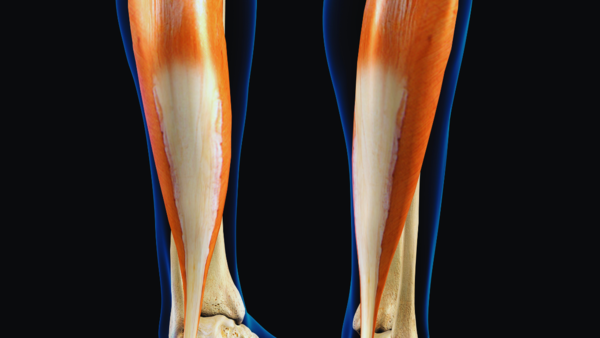Imagine lowering your blood sugar simply by moving your legs while sitting. New research indicates that seated calf raises, a low-impact activity, can significantly reduce blood sugar levels. This involves rhythmically lifting your heels while keeping the balls of your feet on the floor, engaging your calf muscles even while seated. Experts emphasize that this movement activates the soleus muscle, a key player in regulating blood sugar in the body.
This technique is particularly appealing because of its simplicity. It requires no special equipment and can be done by anyone, even those with limited mobility or sedentary lifestyles. Incorporating this exercise during extended periods of sitting, such as while watching television, working at a desk, or traveling, can lead to noticeable improvements over time, especially for individuals with elevated blood sugar or prediabetes.

A study published in the National Library of Medicine highlights the benefits of the "soleus pushup," a simple seated calf raise, for boosting local oxidative metabolism and improving blood sugar levels. Unlike many muscles that tire quickly, the soleus muscle is designed for efficient, sustained activity. The study demonstrated that this movement increases glucose uptake without depleting glycogen stores, making it an effective strategy for managing post-meal blood sugar spikes.

The soleus muscle, often overshadowed by larger leg muscles, is a metabolic powerhouse. A study published in iScience, hosted by the National Institutes of Health (NIH), describes the soleus as capable of sustaining low-intensity contractions for extended periods without fatigue, supporting glucose and lipid regulation.
The study introduced the term "soleus pushup" (SPU) for this seated movement and found that it boosts oxidative metabolism more effectively than standing or walking. Researchers observed an average reduction in blood glucose of 52% and a 60% reduction in insulin levels when the SPU was performed during prolonged sedentary periods.
No special equipment or gym membership is required. Simply perform soleus pushups while seated, slowly lifting your heels up and down. Researchers emphasize the benefits of this exercise even during prolonged sitting, such as while working at a desk or watching television.
For individuals with prediabetes, Type 2 diabetes, or sedentary lifestyles, this simple movement can be a low-effort, high-impact addition to daily routines. Study participants experienced glucose reductions of up to 52% in some cases with consistent use of the soleus pushup method.
While not a replacement for a healthy diet, medication, or regular physical activity, experts suggest that soleus muscle activation can complement existing glucose control strategies. Consider it a subtle, yet powerful, biological trick that works while you sit.
Newer articles
Older articles
 Hetmyer's Heroics: Orcas Stun MI New York with Last-Ball Six in Record-Breaking MLC Chase
Hetmyer's Heroics: Orcas Stun MI New York with Last-Ball Six in Record-Breaking MLC Chase
 Android Users Face Critical Security Risks: Update Your Devices Now, Warns Government Agency
Android Users Face Critical Security Risks: Update Your Devices Now, Warns Government Agency
 Greg Chappell Hails Rishabh Pant's "Revolutionary" Batting, Likens Him to Gilchrist
Greg Chappell Hails Rishabh Pant's "Revolutionary" Batting, Likens Him to Gilchrist
 Dog-Sized Dinosaur Fossil Unearths New Insights into Prehistoric Life Alongside Giants
Dog-Sized Dinosaur Fossil Unearths New Insights into Prehistoric Life Alongside Giants
 West Indies Captain Chase Slams Umpiring After Test Loss, Demands Accountability
West Indies Captain Chase Slams Umpiring After Test Loss, Demands Accountability
 IRCTC's AI Chatbot, AskDisha 2.0, Streamlines Train Ticket Booking, Refunds & Information
IRCTC's AI Chatbot, AskDisha 2.0, Streamlines Train Ticket Booking, Refunds & Information
 Freestyle Chess India Event Scrapped Due to Sponsorship Issues; Carlsen Absence Confirmed
Freestyle Chess India Event Scrapped Due to Sponsorship Issues; Carlsen Absence Confirmed
 Moto G54 Gets Significant Price Drop in India: Check Out the New Affordable Price Tag
Moto G54 Gets Significant Price Drop in India: Check Out the New Affordable Price Tag
 New Zealand Cricket Announces Packed 2025-26 Home Schedule Featuring Australia, England, West Indies & South Africa
New Zealand Cricket Announces Packed 2025-26 Home Schedule Featuring Australia, England, West Indies & South Africa
 Converting JPG to PDF: A Comprehensive Guide for Preserving Image Quality and Ensuring Accessibility
Converting JPG to PDF: A Comprehensive Guide for Preserving Image Quality and Ensuring Accessibility